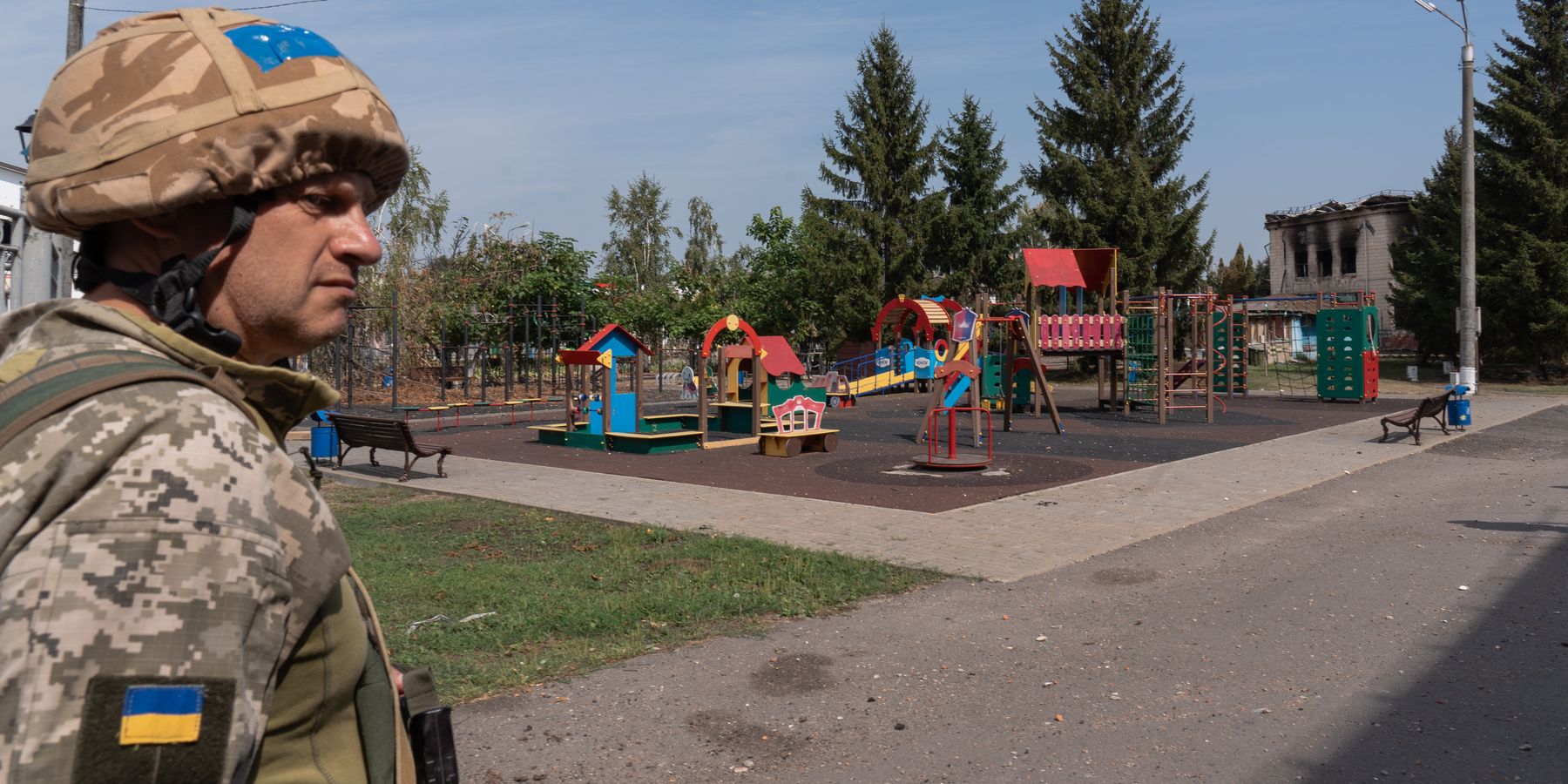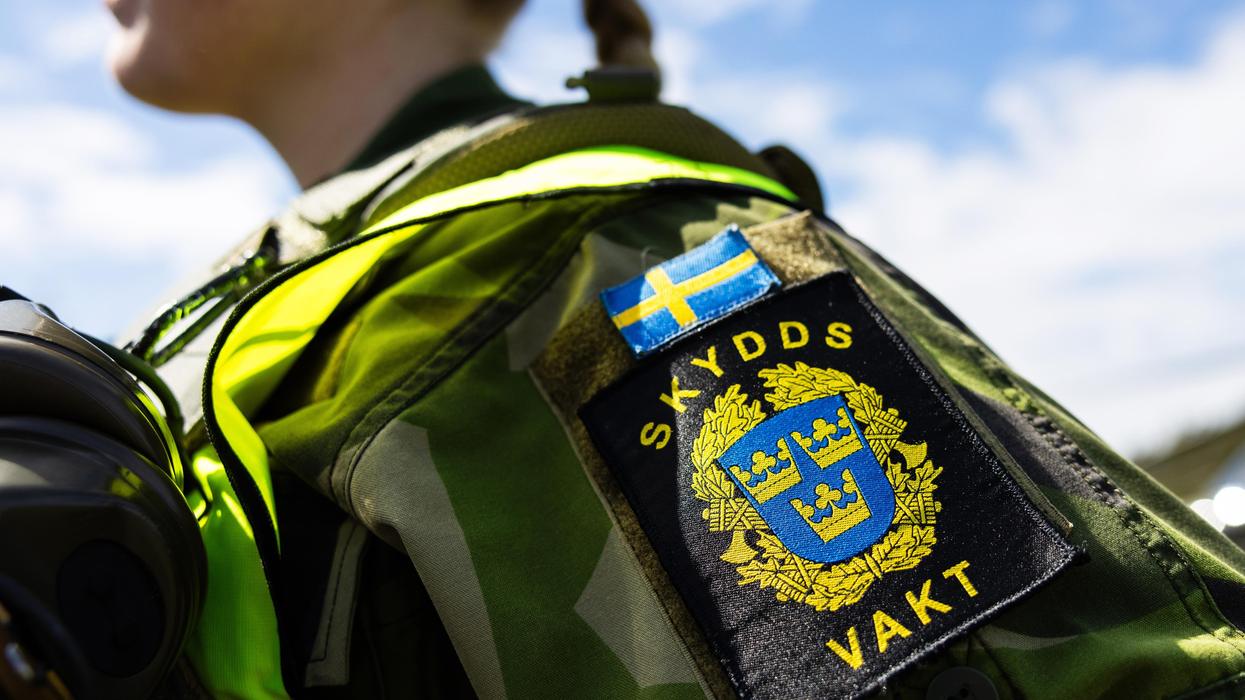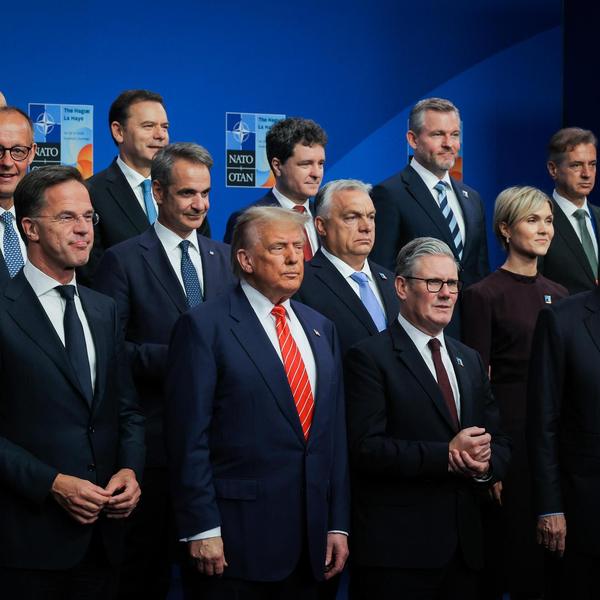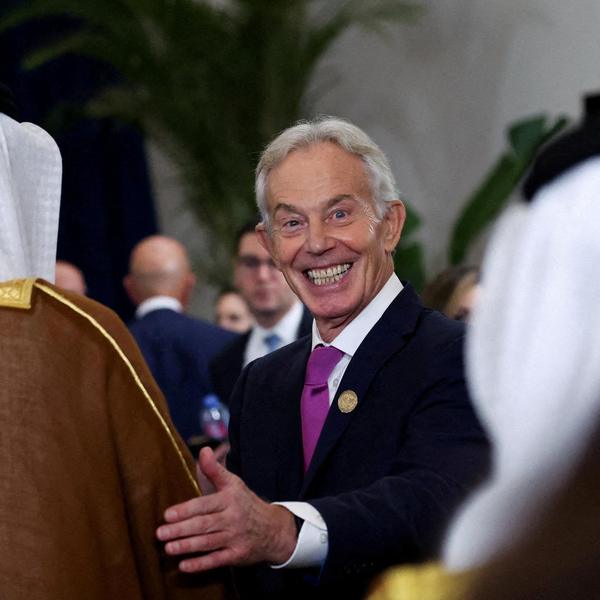Ukraine has occupied more territory in Russia this year than Russia has occupied in Ukraine, but the margin of difference is relatively small. What drove Zelensky’s bold gamble and will it, ultimately, succeed?
In a Telegram post on August 16, Zelensky referred to captured land in Kursk as an addition to his "exchange fund." Kursk is less about overall military victory, than about gathering bargaining chips to trade in future peace negotiations with Russia. But that trade will only work to Ukraine’s benefit if its military can hold on to more territory than Russia gains over the period prior to formal negotiations starting. Only then would Zelensky be able to claim that the loss of men and materiel had been worth it.
But his profit margin in any future land-for-land trade is narrowing. And all hope of the reported ceasefire talks that had been planned, reportedly, in Doha shortly before Kursk has evaporated.
Instead, we have seen a hardening of Russia’s position. In a Telegram post on August 11, Dmitry Medvedev channelled the outrage in the Kremlin that Ukraine blindsided and humiliated Russia. He called for Russia eventually to take Odessa, Kharkiv, Dnipro, Nikolaev, Kyiv and further on. "And let everyone, including the English bastards [he hates us even more than the Americans], be aware of this: we will stop only when we consider this acceptable and advantageous to ourselves."
That represents a significant escalation, at least in terms of rhetoric.
Of course, this is standard Medvedev, playing his role in the Russian apparatus, with splenetic pronouncements that are to the right of where Putin may be willing to settle. His comments probe sentiment, both internationally and at home. And they shape the narrative of Russian nationalist bloggers, for example, in the use of phrases like "the former Ukraine." i.e, the idea that Ukraine no longer exists as a sovereign nation state.
In reality, taking just one of the cities Medvedev has mentioned would require a level of death and destruction far above anything we’ve seen to date. And I don’t assess, right now, that Russia would risk alienating the constituency of support it is building up in the developing world by doing that.
But Kursk has changed the risk calculus on both sides.
Ukraine had needed to inject morale into its military and civilian population with a victory of sorts, at a time when its lines in the Donbas were cracking, Western support for free weapon supplies was dwindling, and the result of the U.S. election was unclear/potentially worrying. Zelensky may have thought he had nothing to lose by throwing the dice.
For Russia, the primary goal before Kursk had been to finish the job in the Donbas, overwhelming those remaining strategic towns and filling out the border of Donetsk and Luhansk oblasts with Russian colors. They have shown openness to cut a deal, including after a new U.S. President took office, so long as that uses the line of contact as a starting point.
Realists on the Western side, such as John Mearsheimer and others, cautioned that Kursk was strategic blunder. But Western government and mainstream media were dutifully cock-a-hoop about the Kursk offensive when it started. Ukraine contends that it now controls approximately 1000 square kilometers of sparsely populated land in Kursk oblast after all.
However, Ukraine’s military chief Oleksandr Syrskyi has admitted that the advance has slowed and that the focus has shifted to reinforcing land already occupied. The opportunity to capture more Russian land therefore appears limited, although there has been a so far unsuccessful effort by the Ukrainian army to push into Belgorod.
In the Donbas, the line of contact around Donetsk had been practically unchanged for ten years since 2014, with both sides dug into heavily fortified positions. Despite large territorial gains by Russia across Ukraine at the start of the war in 2022, that line didn’t budge. Look on the Institute of the Study of War’s interactive map and you’ll see that since the overrun of fortress Avdiivka in February, Russia’s main effort has decisively broken out across rivers and difficult terrain to move 80% of the way to the strategic town of Pokrovsk.
Progress has been slow and steady but has gathered momentum since Kursk. Once Pokrovsk falls, there is a flat, empty road from there to the oblast border. Russia will have leveled the scorecard with Ukrainian gains in Kursk and will then focus its main effort on Kramatorsk.
As Ukraine is steadily pushed out of the Donbas, Zelensky may throw increasing men and materiel into holding his patch of land in Kursk, at a terrible cost, in a desperate bid to show his gamble wasn’t a catastrophe.
Let’s be clear, Kursk has been a huge embarrassment for Russia, both politically and militarily, though probably less so than Yevgeny Prigozhin’s doomed drive towards Voronezh in 2023. Medvedev provides colorful — if exaggerated — insight into the Kremlin mood. He also illustrates the level of hatred in the Kremlin directed towards Ukraine’s Western sponsors.
Some commentators in the west are assuming that if Trump is elected President, he may miraculously pull a ceasefire out of a hat. On the back of mounting evidence that Ukraine is slowly losing, I don’t rule out Biden pushing for a temporary pause in fighting before November, to give Harris a hastily papered-over "Putin didn’t win" narrative for voters after a decade of failed U.S. foreign policy.
But don’t hold your breath on either front. With no incentives from the West for Russia to strike for peace, Putin may not care where the new occupant of the White House wants to position U.S. foreign policy.
The military, economic and demographic cards remain stacked in Russia’s favor. On August 21, Medvedev launched another verbal salvo on Telegram, saying (his capitals) ‘NO NEGOTIATIONS UNTIL THE ENEMY IS COMPLETELY AND UTTERLY DESTROYED.'" History may record that Kursk was a pointless sideshow within a much larger tragedy for Ukraine.- Ukraine & the West are crossing red lines. Why isn't Russia reacting? ›
- The hazards of Ukraine's incursion into Russia ›
- Symposium: What does Ukraine's incursion into Russia really mean? ›
- Russia intensifies fighting after Trump’s win | Responsible Statecraft ›
- With forced withdrawal, Russia takes away Ukraine's Kursk cards | Responsible Statecraft ›
















